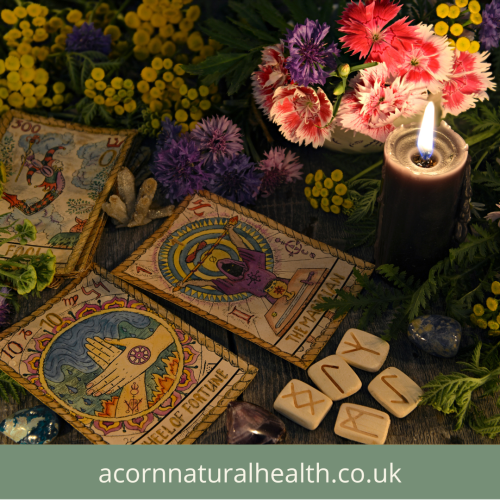By Kathryn Bird

#Myth 1
One of the questions I get asked quite often as the cards are drawn is, can you see anything ‘bad’?. There are certain cards in the 78 card deck of RWS tarot deck that make people shudder upon being drawn, these include the ‘Death’ and ‘Devil’ cards.
These cards are not the death of the physical body or a devil as in person in our world, but their meanings are more in tune with the death of a concept/dream/situation (time to start a fresh), and with the devil its about managing temptations and sometimes having to be devilish (strong and firey) to get through a situation in your life. You are not cursed or you/someone else in your world are not going to die when these cards are drawn.
#Myth 2
Another myth about Tarot is that you have to follow what the messages give you to the absolute letter. The cards and YOU are always open to feel free will. You can take the messages and live by them or you can walk away and do absolutely nothing. It is always your choice!
#Myth 3
All Tarot readers are witches!!!…I do not cast spells (never have and never will!) or do I want anything negative to happen to you by having a reading with me. The initention that I always set for everyones readings, is that you leave me with ‘clarity on your life, alongside tools and techniques to feel forfilled’.
I wish you nothing by LOVE and LIGHT always.
If you have never had a reading before, I talk and walk you through every stage of what happens in the reading and by getting you to write down the messages or record them you can refer back to them as you go through your life.
Have you ever seen a worried new born baby? I doubt it…we are not born worried, we become conditioned to worry, stress and feeling negative….let the cards help you change your energy and mindset…
Still not sure about Tarot, I offer a free 10 minute telehpne consultation, so we can have a chat and I can answer any questions you might have.
I work on Saturdays 10-12 noon for readings.
Call Kathryn on 01773 718863




